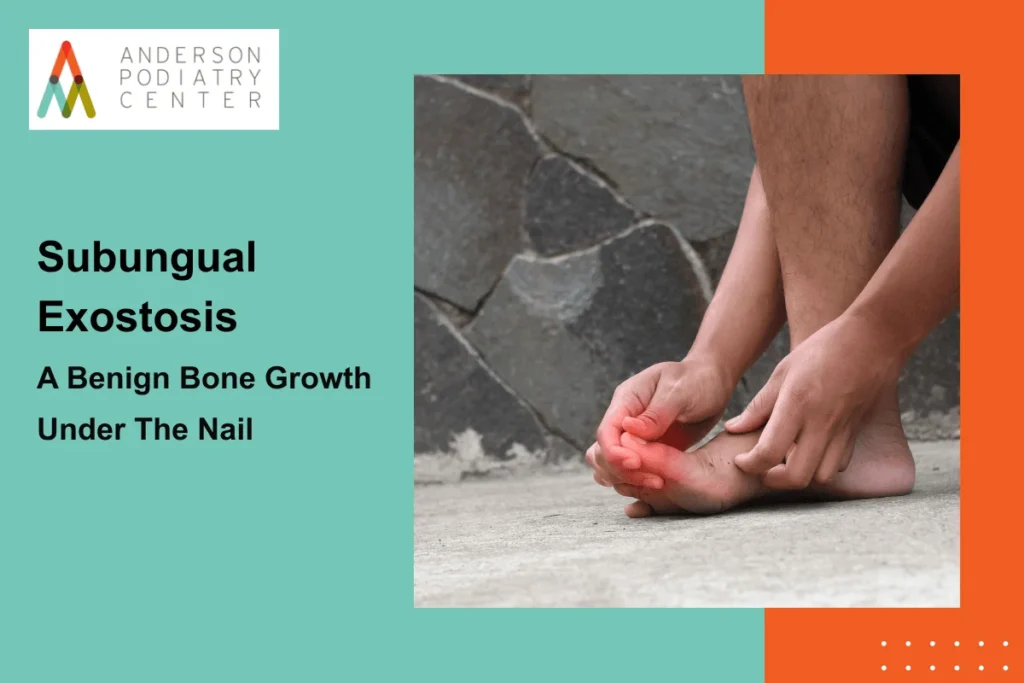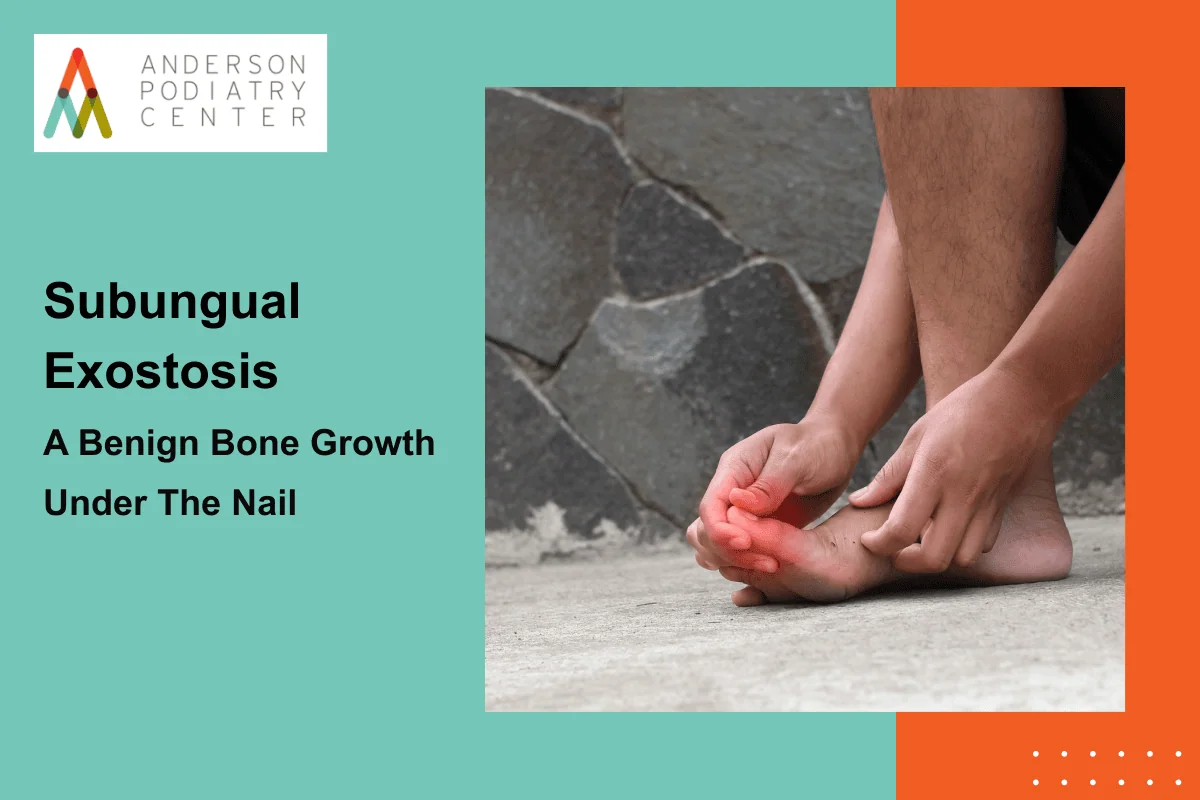
Subungual exostosis is a benign bony growth that develops beneath the nail bed, most commonly affecting the great toe. Though non-cancerous, this condition can cause considerable discomfort, nail deformity, and difficulty walking. Understanding its causes, presentation, and treatment options is crucial for achieving successful outcomes and preventing recurrence.
What Is Subungual Exostosis?
A subungual exostosis is an outgrowth of bone from the distal phalanx, the bone at the tip of a finger or toe. The term “subungual” literally means “beneath the nail.” This lesion pushes upward, elevating the nail plate and leading to pain, redness, and swelling. It is often mistaken for other nail disorders, such as ingrown toenails or warts, making an accurate differential diagnosis essential.
Causes and Risk Factors
The exact cause of subungual exostosis remains uncertain, but several factors are commonly linked to its development:
- Trauma or repetitive irritation: Direct injury or chronic pressure from shoes can trigger an abnormal bone response.
- Infection or inflammation: Prior infection in the nail or surrounding soft tissue may stimulate bone overgrowth.
- Genetic predisposition: Some individuals may tend to form bony growths after minor injuries.
- Mechanical stress: Athletes and individuals who stand for long hours are at higher risk due to repeated microtrauma.
Symptoms and Clinical Presentation
Patients with subungual exostosis often present with:
- Pain or tenderness beneath the nail.
- A visible elevation or distortion of the nail plate.
- Redness or inflammation around the nail margins.
- Difficulty wearing shoes or walking comfortably.
In advanced cases, the lesion may ulcerate or become infected due to constant friction.
Differential Diagnosis for Subungual Exostosis
Because subungual exostosis mimics other nail disorders, clinicians must carefully differentiate it from similar conditions.
The differential diagnosis includes:
- Subungual verruca (wart): Soft tissue lesion caused by HPV, lacking bony structure on imaging.
- Subungual osteochondroma: Similar growth, but typically occurs in adolescents and has a cartilage cap.
- Ingrown toenail: Involves soft tissue overgrowth rather than bone.
- Glomus tumor: Presents with intense pain and bluish discoloration, usually without nail elevation.
Accurate diagnosis relies on clinical evaluation and radiographic imaging, which confirms the presence of a bony projection from the distal phalanx.
Diagnostic Methods
- Physical examination: Identifies nail deformity, tenderness, and swelling.
- X-rays: Reveal a dense, well-defined bony mass continuous with the underlying bone.
- Histopathology: Occasionally used after surgery to confirm the diagnosis and rule out malignancy.
Treatment Options
The definitive treatment for subungual exostosis is surgical excision. Conservative approaches such as nail trimming, soaking, or padding may temporarily relieve discomfort but do not address the underlying bone growth. Surgical intervention involves:
- Removing the affected portion of the nail plate
- Exposing and excising the bony growth completely while protecting the surrounding nail bed.
- Smoothing the bone surface to prevent recurrence.
- Replacing or reconstructing the nail bed to promote healthy nail regrowth.
Post-surgical care includes wound protection, antibiotics if infection risk is high, and follow-up visits to monitor healing. Most patients experience rapid pain relief and restoration of normal nail appearance within a few months.
Prognosis and Prevention
The prognosis after complete surgical excision is excellent, with recurrence rates reported to be very low. Preventive strategies include avoiding chronic trauma, wearing properly fitted footwear, and addressing any underlying biomechanical issues that may cause toe irritation.
When to see a foot specialist for subungual exostosis?
Persistent pain, swelling, or nail deformity that does not respond to conservative care warrants evaluation by a podiatrist or orthopedic foot specialist. Early diagnosis allows for simpler surgical management and minimizes nail deformity.
Key Takeaway
Subungual exostosis, though benign, can significantly impact comfort and quality of life. Prompt recognition, accurate differential diagnosis, and complete surgical excision are key to achieving lasting relief. By understanding the condition and seeking timely medical attention, patients can expect full recovery and a return to normal activity without pain or nail distortion.



